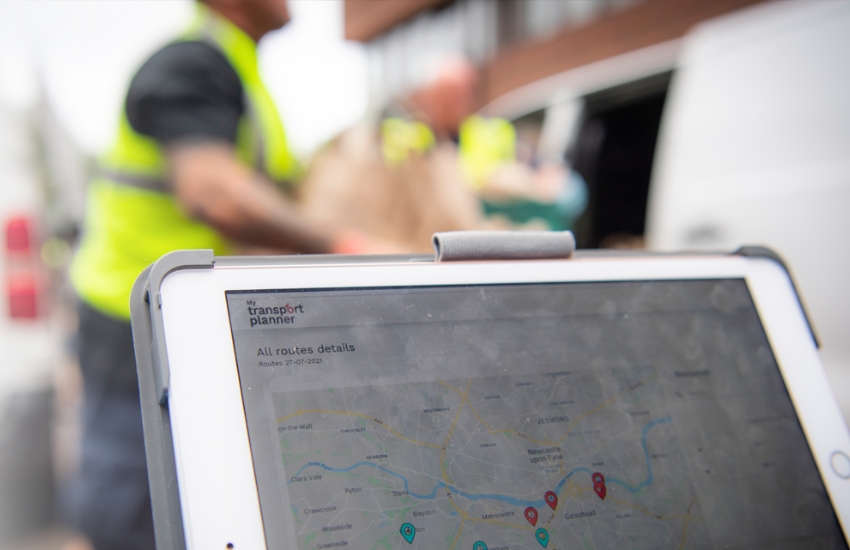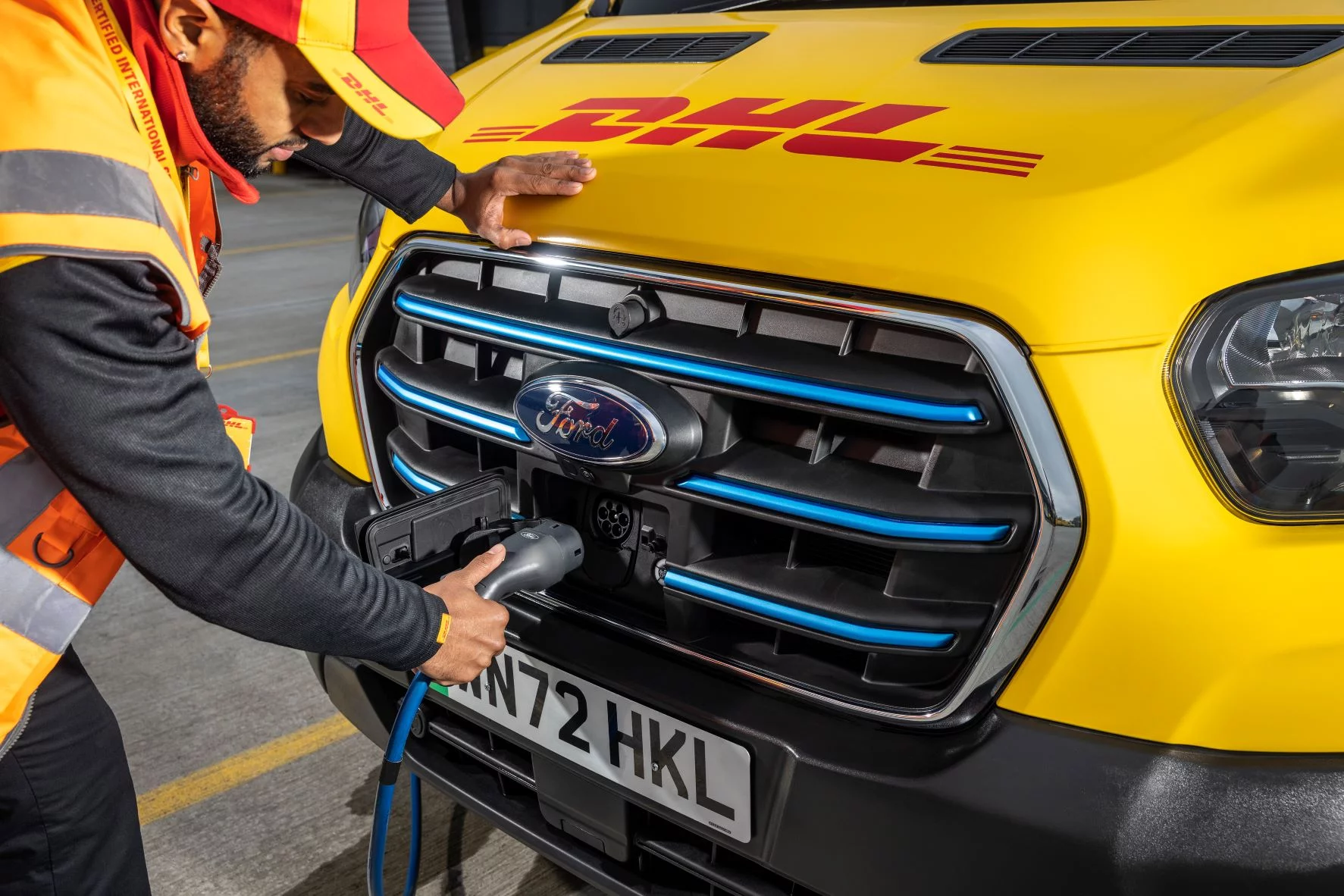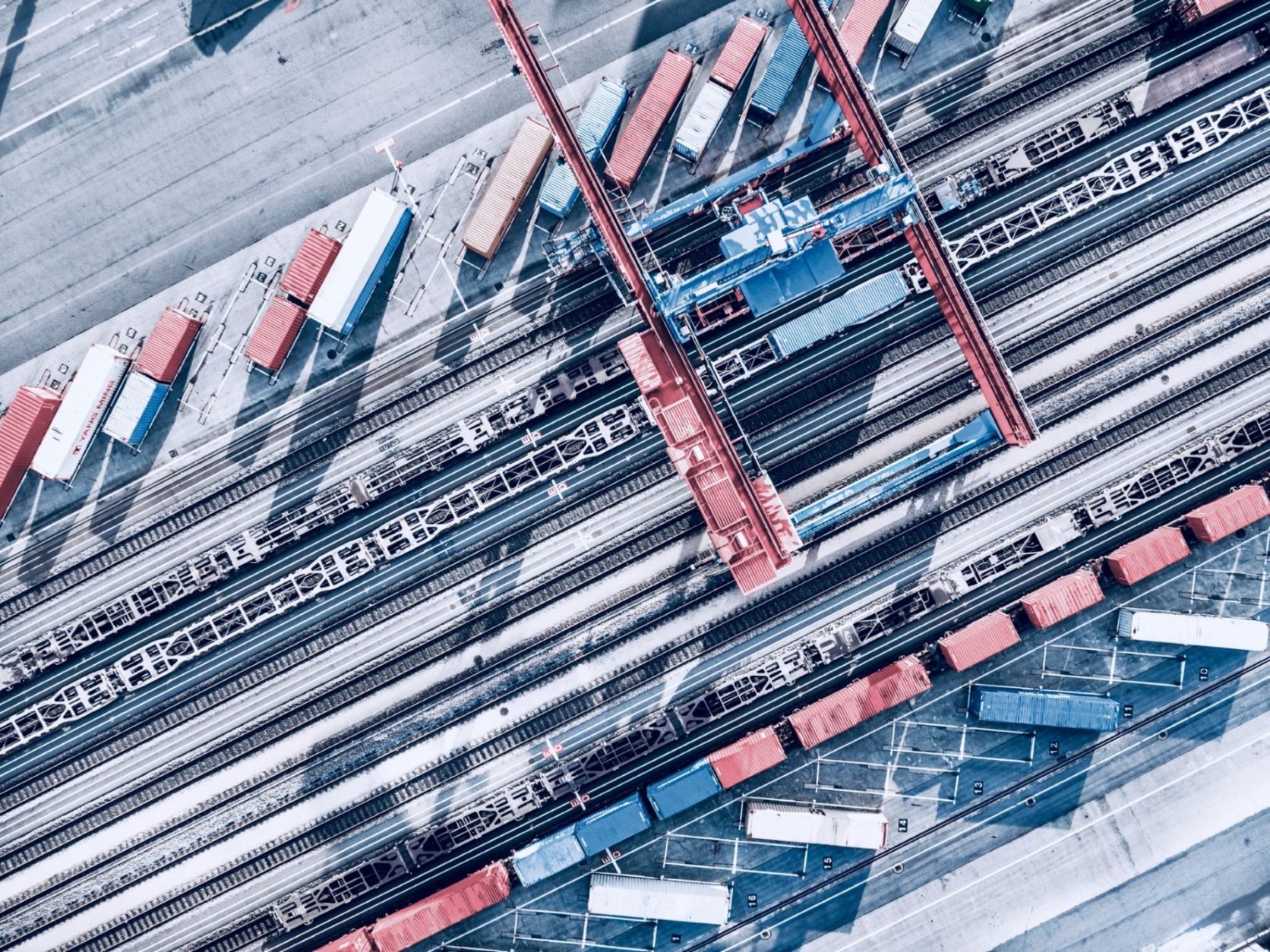Starting in 2023, the Logistics Hall of Fame will present a new international award: the Lynn C. Fritz Medal for Excellence in Humanitarian Logistics. The medal will annually recognise humanitarian organisations and their partners for outstanding logistics projects. The Hall of Fame organisation made the announcement at its traditional gala reception with around 200 guests from politics, business and academia on 29th November in Berlin.
The initiator and sponsor of the medal is the Fritz Institute in San Francisco (USA). The award is named after Lynn C. Fritz (pictured), the founder and CEO of the institute. The 80-year-old US businessman transferred industrial logistics strategies to humanitarian organisations in the 1990s. He was inducted into the Logistics Hall of Fame in 2021 as the “advocate of logistics for humanitarian organisations”.
“The award is intended to motivate humanitarian organisations to permanently improve their supply chains and to highlight the key role of professional supply chain management in the success of aid projects,” the businessman said in announcing the award.
With the medal, the Logistics Hall of Fame and the sponsor also want to emphasise and the impact of superior logistics performance within the sector and encourage innovative approaches to strengthen disaster response.
International jury for humanitarian award
Who wins the award is decided by an international jury made up of representatives from business, science, politics, associations and the media. The jury is chaired by Thilo Jörgl, Managing Partner of the Logistics Hall of Fame organisation. An Expert Council of recognised specialists in the field of humanitarian logistics decides which of the submitted applications will be presented to the jury members for selection. Key evaluation criteria include efficiency, innovation, sustainability and exemplary character for the field of humanitarian logistics.
The start of the online application process at www.logisticshalloffame.net is March 2023. Each aid organisation can apply with its own project. Joint projects involving several organisations and their partners are also eligible. The completed logistics project must not be older than three years.
The Logistics Hall of Fame, which is under the patronage of German Transport Minister Dr. Volker Wissing, will present a total of three awards in Berlin at the end of 2023: In addition to the traditional induction of the new member into the Hall of Fame, the organisation will present the Lynn C. Fritz Medal and the TRATON Logistics Leader of the Year Award to current pacesetters in logistics.
The pallet pioneers
Eleven boards, nine wooden blocks, 78 nails – and a logistics milestone is complete. The Euro pallet once cut the loading time of freight cars or trucks by up to 90%. It set the standard for logistics centres. It can be repaired with low material and energy costs and is fully recyclable at the end of its life cycle.
The invention of the pallet assumes a similar significance for logistics specialists as the container. Who invented it and its predecessors is not easy to answer, because the history of the pallet’s development is long. As far back as ancient Egypt, people used skids to transport heavy goods. The US Army used pallets as early as the First World War. Or the Clark Equipment Company, which, when it built the first forklift in the U.S. in 1917, used simple skids as load carriers.
However, Carl Clark did not file a patent application for this early pallet until 1939. In 1924, Howard T. Hallowell filed a patent application for a “lift truck platform.” Throughout the 1930s, new variations of the pallet continued to appear on the American market, and patents for various pallets also exist in Europe.
First patent
The first transport pallet dates from 7th November, 1939, when George Raymond Sr and his associate William House were granted a patent for a hydraulic lift truck and the accompanying wooden transport pallet. It paved the way for the Euro pallet and global pallet pooling systems.
As early as 1922, Raymond acquired a foundry called Lyon Iron Works in New York State and formed it into The Raymond Corporation, now a subsidiary of Toyota Industries. There, with his inventive spirit coupled with a desire to understand and solve customers’ challenges, Raymond laid the foundation for a company that would later shape an entire industry. His transport pallet was designed so that the forks of the lift truck could travel under the pallet from two sides.
Before Steve Raymond, the founder’s grandson, retired, he was actively involved with The Raymond Corporation in various capacities, including past president of the Raymond Solutions and Support Center. He is proud of his grandfather’s invention: “Everything in logistics starts with the pallet,” he says.
Numerous pallet inventions were not patented until the late 1940s, such as Robert Braun’s four-way pallet, patented in 1945, and a one-way pallet by US supply officer Norman Cahners, who received the patent in 1949.
DIN certification
In 2004, the Euro pallet also received DIN EN 13698-1. This states that it is a rigid horizontal platform of low height “capable of being handled by forklift trucks, pallet trucks or other suitable equipment and serving as a base for grouping goods and loads for stacking, storage and handling or transport”.
Mother of the Euro pallet is the UIC: The birth of the Euro pallet was largely related to the idea of standardisation. In the 1950s, railroad companies began to transport more and more goods on pallets and the pallet spread rapidly. However, the lack of standards led to real chaos in cross-border transport. To counteract this, in 1961 the Union Internationale des Chemins de fer (UIC) worked out the contract for a standardised, exchangeable pallet within the framework of a working group with changing players, which was subsequently signed by the European railroad companies.
From then on, they undertook to comply with the standard (UIC-standard 435-2 ff.), to manufacture and to repair Euro pallets. In addition, they agreed to the monitoring and the guarantee of a trouble-free exchange in an EPP (European Pallet Pool). The success of the Euro pallet with the dimensions 800mm x 1200mm x 144mm was resounding: there is hardly any storage or transport system today which is not adapted to the dimensions of the Euro pallet.
Open exchange pool
The open exchange pool for Euro pallets works like this: A loaded pallet is exchanged for an identical empty Euro pallet at the destination. The regulations for the production and repair of Euro pallets are extensive in this respect, right down to the position of the individual nails. The exchange of Euro pallets is not automatic, nor is it common practice in all countries.
In the mid-1970s, the Gütegemeinschaft Paletten, now the National Committee of EPAL, took over part of the distribution and quality assurance of the Euro pallet. Together, the UIC and the European Pallet Association (EPAL) e.V., founded in 1991, promoted the dissemination and quality assurance of the Euro pallet in the following years.
In 2013, UIC and EPAL separated. Since then, both organisations have been competitors in the open Euro pallet exchange pool with different trademarks: UIC/EUR on the corner blocks of UIC Euro pallets and EPAL/EPAL on the blocks of EPAL Euro pallets. EPAL, with its 14 National Committees (members of the umbrella organisation) and three representatives, is active in more than 30 countries worldwide.
Just a few years after the invention of the Euro pallet, another player in the pallet business appeared in Australia. Oliver Richter (1920 – 2014) was the Trade Manager for Manufacturing and Materials Handling in the logistics company Brambles. At the time, the company was still predominantly active in the materials handling sector in Sydney with its CHEP (Commonwealth Handling Equipment Pool) brand. Richter recognised the potential of a pallet pooling system and successfully expanded the closed CHEP rental pool internationally.
Sharing pallets among multiple participants
Under CHEP’s “sharing and reusing” model, reusable pallets, crates and containers were made available for sharing among multiple participants throughout the supply chain. Through Richter’s drive and vision, CHEP also advanced pallet size standardisation and the resulting impact on packaging standardisation. He had a pallet control system developed that improved the efficient movement of goods and ensured more effective reuse of pallets and a reduction in pallet loss. Overall, these initiatives resulted in tangible productivity gains throughout the supply chain as goods moved directly from manufacturer or producer to retailer.
Prior to the EPAL, CHEP and UIC pooling and reuse schemes, companies spent significant amounts of money replacing pallets that were not returned or were of inferior quality. The circular economy of the Euro pallet contributed to an immense improvement in sustainability in logistics long before the issue of sustainability was on the public agenda.
But the end of the pallet’s story is far from written. It has created a standard for logistics. It gave rise to standard packaging, box sizes and clear heights in warehouses, truck trailer sizes or forklift dimensions. That the pallet will continue to be a driving force in the future is beyond question, but like any other load carrier, it must rise to the challenges of the times.
Pallets for tomorrow’s logistics
In addition to the sustainability factor, the pallet today is first and foremost part of the digital evolution in logistics. Research and science, pallet manufacturers and customers are working on innovative ways to make pallets an even more reliable and intelligent means of transporting and presenting goods.
Logistics is all about pallets. Making them smart means making logistics smart. The pallet of the future will no longer just sustainably transport goods but will provide important information. It will record environmental parameters and communicate with modern media. The pallet will remain a central building block in a digital logistics universe with globally networked supply chains.











